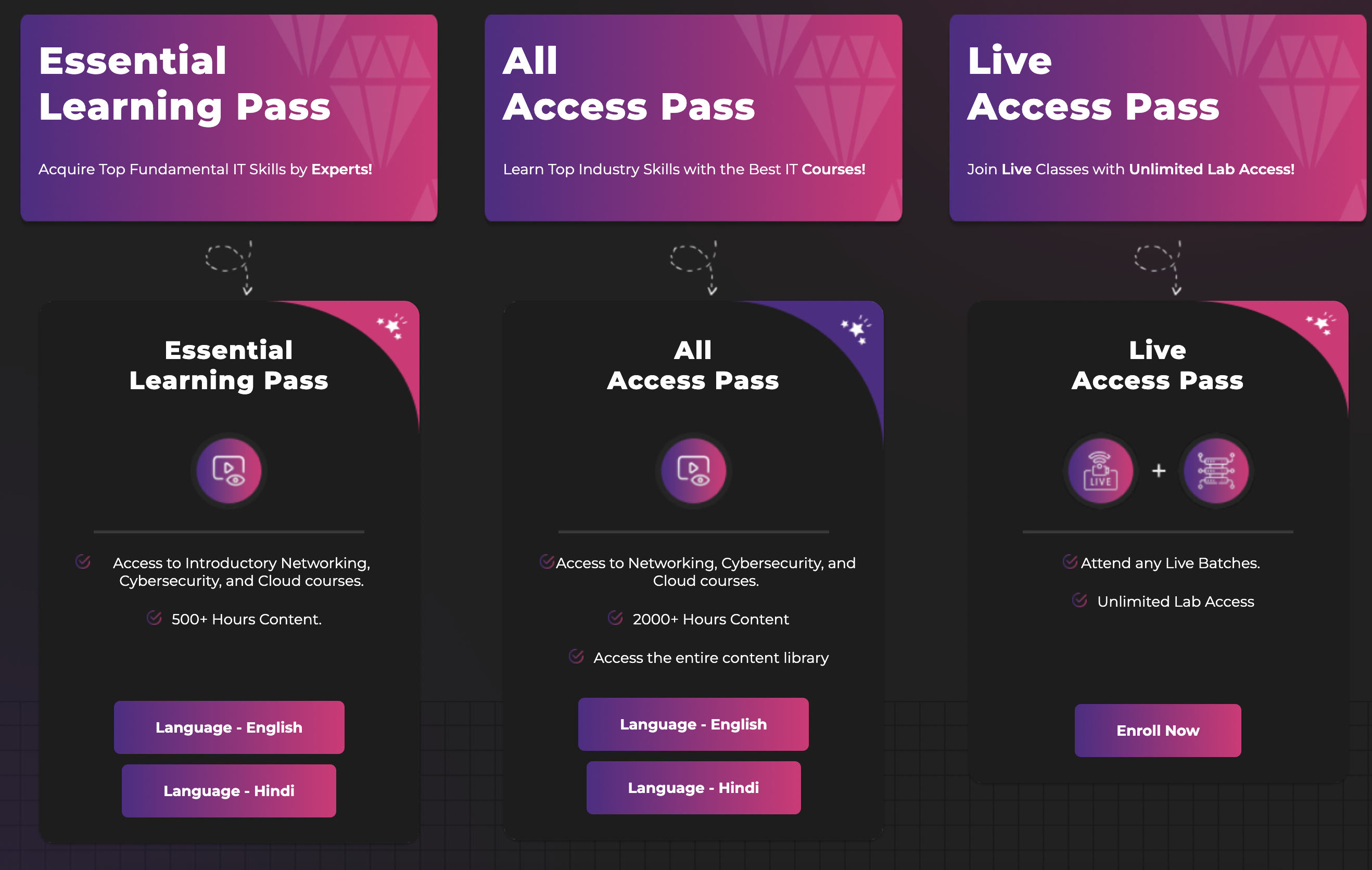What is IP Address – Definition and Explanation with Practical.
 Atul Sharma
Atul Sharma
IP addressing, or Internet Protocol addressing, is a method used to assign unique numerical addresses to devices connected to a computer network. These addresses, called IP addresses, serve as identification for devices and enable them to communicate with each other over the network. IP addressing is a fundamental aspect of the internet and plays a crucial role in routing data packets between devices.
The video discusses the topic of IP addressing, specifically focusing on IP version 4 (IPv4) and IP version 6 (IPv6).
IPv4 addresses are 32 bits in length, with each bit being either a 0 or a 1. They are represented in decimal format with four groups of eight bits each. For example, an IPv4 address may look like 192.168.1.1.
IPv6 addresses are 128 bits in length and are represented in hexadecimal format with eight groups of four hexadecimal digits each. Leading zeros within each group can be omitted, and consecutive groups of zeros can be represented with double colons (::). For example, an IPv6 address may look like 2001:0db8:85a3:0000:0000:8a2e:0370:7334.
The video also discusses the concept of IP classes in IPv4 addressing. The IP classes are Class A, Class B, Class C, Class D, and Class E. Each class has a different range of IP addresses based on the first few bits of the IP address. Class A addresses start with numbers from 1 to 126, Class B addresses start with numbers from 128 to 191, and Class C addresses start with numbers from 192 to 223. Class D addresses are reserved for multicast purposes, while Class E addresses are reserved for future use.
The video explains the process of subnetting and how to determine the network part and host part of an IP address based on the subnet mask. It also introduces the concept of the ending process, which involves calculating the binary representation of an IP address and comparing the network parts of two IP addresses to determine if they are in the same network.
Lastly, the video briefly mentions the Time-to-Live (TTL) value in IP packets, which indicates the maximum number of routers that a packet can pass through before it is discarded. TTL values can vary depending on the machine and operating system being used.
Overall, the video provides a basic overview of IP addressing concepts and discusses some important aspects related to IPv4 and IPv6 addresses, IP classes, subnetting, and TTL values.
Want my Full CCNA + CCNP Content?

Join All Access Pass Subscription from - https://www.nwflix.com/ or https://learn.nwkings.com/
Subscribe to my newsletter
Read articles from Atul Sharma directly inside your inbox. Subscribe to the newsletter, and don't miss out.
Written by

Atul Sharma
Atul Sharma
Atul Sharma is a dedicated professional and an expert in the field of networking. With his extensive knowledge and experience, he is a valuable asset to Network Kings. Atul’s passion for networking shines through in his work, as he consistently delivers top-notch solutions and strategies to clients. His ability to simplify complex concepts makes him an excellent educator, enabling him to effectively train and mentor aspiring network professionals. Atul’s commitment to staying up-to-date with the latest industry trends ensures that he is always at the forefront of networking advancements. Whether he is designing network architectures or troubleshooting complex issues, Atul’s attention to detail and problem-solving skills make him a trusted resource for Network Kings and their clients.